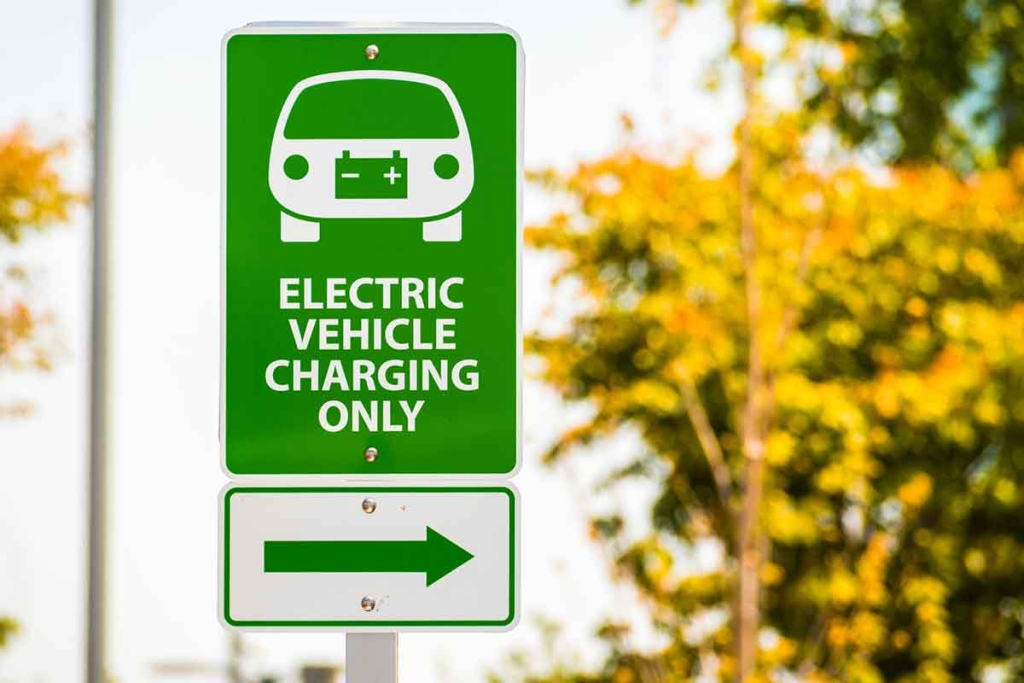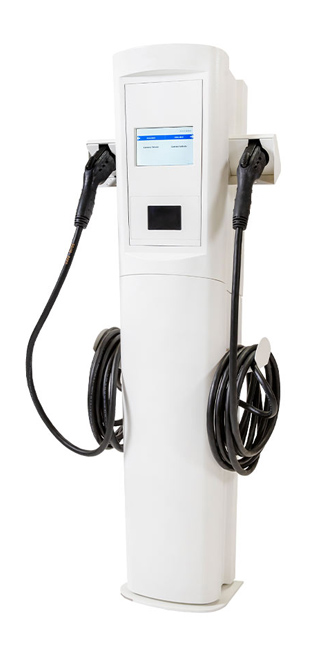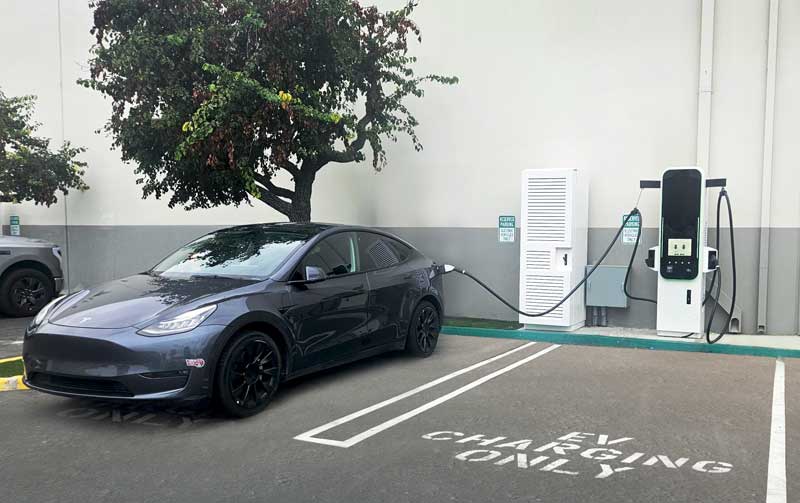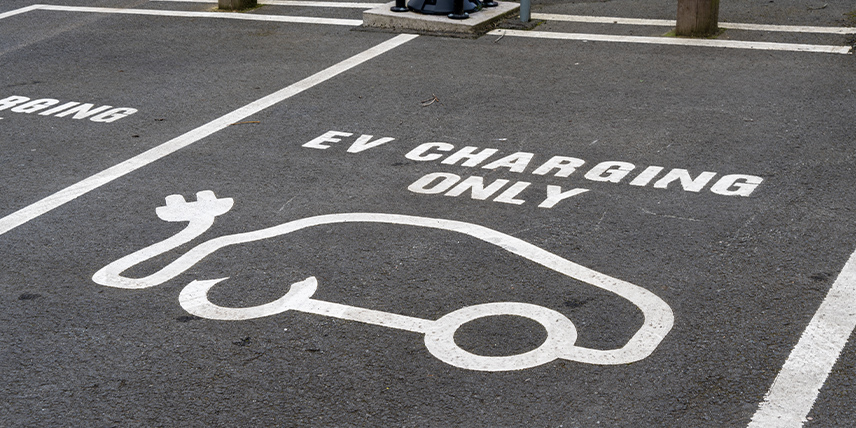Apartments/Condominium Complexes
Residents of apartments and condo complexes face a complex and confusing landscape when faced with finding an EV charger to charge their vehicles. Their main dwell time is either at work or home, leaving finding a commercial EV charger their main source of charging.
EV charging amenities vary widely depending on the region of the country where the complex is located, with greater availability of EV charging installations in facilities on the West Coast compared to the Midwest, for example.

Selecting the right charging solution for your property

Level 2 EV chargers
Level 2 EV chargers are an excellent choice for most partment and condominium properties:
- Cost-effective: They require significantly lower initial investment and operational costs compared to DC fast chargers, making them ideal for large-scale residential complexes with multiple parking slots.
- Overnight charging efficiency: With 6-8 hour charging times, they perfectly match typical overnight parking patterns of residents, providing a full charge by morning.
- Universal compatibility: Level 2 chargers work with all EV models currently on the market, ensuring your investment serves all residents regardless of their vehicle choice.
- Lower power requirements: Their reduced electrical infrastructure needs make an L2 level charger easier to install across multiple parking spaces.
- Dual charging capabilities: Level 2 chargers can be outfitted to serve more than one vehicle at a time, increasing the cost-effectiveness of installation when parking spaces are adjacent to one another.

Level 3 EV chargers
L3 DC fast chargers While they require a higher initial investment for installation, DC fast chargers can serve specific roles in residential settings. A combination of Level 2 and DC fast chargers, strategically located, can serve different purposes:
- Rapid charging: Level 3 DC fast chargers provide 80% charge in as little as 15 minutes, ideal for guest parking areas and short-term visitor use.
- Premium amenity: Offers a luxury charging option that can command premium rates and attract high-end residents.
- Emergency backup: Provides quick charging options for residents needing rapid charging in emergencies.
- Revenue potential: A DC fast charger can be configured to accept payment from outside entities or non-residents during non-peak or off hours, for mixed-use developments that combine living quarters with retail space, or in public spaces such as a guest visitor area or central leasing office.
Apartment EV charger strategic implementation considerations
When installing EV charging solutions for multi-family properties, carefully consider how the charging infrastructure will align with your existing parking configuration.
Properties with assigned parking spaces benefit most from dedicated charging stations that can be included as a perk or amenity as part of the rent. Spaces with shared parking areas should focus on community-based or clusters of charging stations that provide flexible or mixed-use access in a dedicated location in a parking lot or parking area.
In this instance, payment options can also be customized. For example, in a community that mixes residential units with retail spaces, residents can be supplied with a code to enter for free charging up to a predetermined amount based on lease agreements, while visitors or guests can be directed via a touchscreen to appropriate payment options.
Apartment EV charger infrastructure planning fundamentals
Successful EV charging implementation requires a thorough evaluation of several infrastructure components.
- Begin by assessing your property’s electrical capacity and determining whether upgrades will be necessary to support the charging network.
- Location selection should prioritize accessibility while maintaining compliance with ADA requirements and safety standards.
- Additionally, ensure that your design incorporates robust network connectivity for management systems.
- Install systems with modular, scalable capabilities or those with sufficient power capacity to enable future expansion as demand grows.

Advanced management and billing capabilities
Today’s EV charging systems offer comprehensive management features that streamline operations and enhance the user experience. Modern platforms enable precise tracking of individual usage patterns and automated billing processes while providing flexible payment options for both residents and visitors.
Property managers can benefit from remote EV charging software monitoring capabilities that deliver real-time maintenance alerts and detailed usage analytics. Furthermore, integrated energy load management and scheduling tools help optimize power consumption and reduce operational costs.
Consider exploring available incentives and funding opportunities to offset implementation costs and boost project feasibility. Find more information about funding options here.
Ready to increase your property with EV charging solutions? Contact BTC POWER, North America’s leading commercial EV charger manufacturer, to develop a customized charging strategy for your multi-family property of apartments, condominiums, or mixed-use developments.


